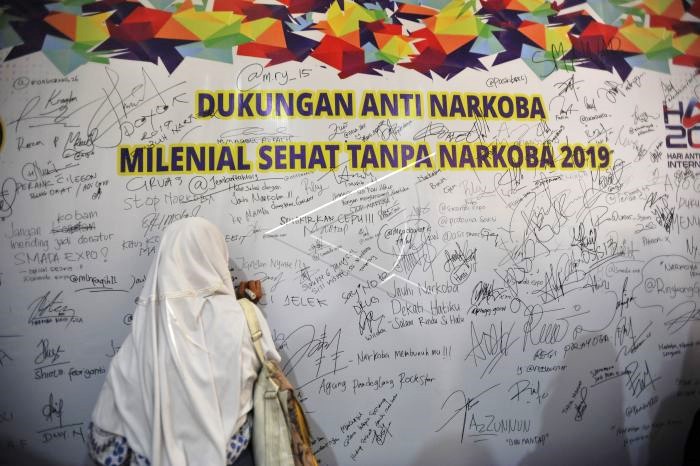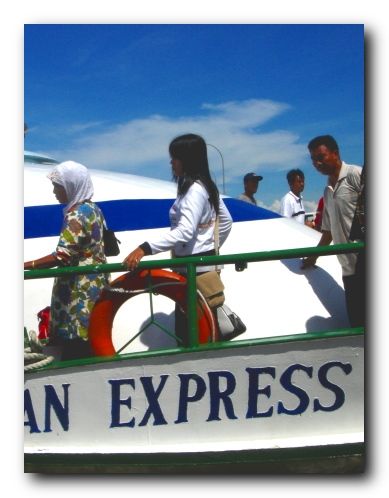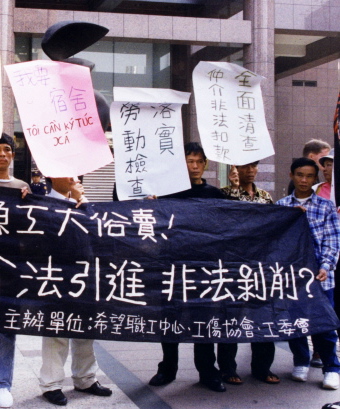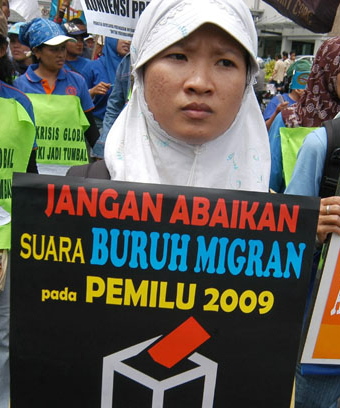Drug use in Indonesia has a long history
Claudia Stoicescu & Wayne Palmer
For much of its modern history drugs have been legally produced and consumed in Indonesia, largely in response to demand at home. As far back as the 10th century, the use of cannabis (ganja), mostly cultivated in North Sumatra and used for medicinal, recreational and culinary purposes, has been documented across the archipelago. Opium (candu), thought to be initially introduced by Arab traders, was already a significant import when the Dutch arrived six centuries later. Capitalising on a thriving local market, Dutch colonial powers gradually monopolised the import and distribution of candu in Java from the late 17th century, with imports reaching an average of 56,000kg annually well into the late 18th century, according to official estimates. In the early 1900s, international demand for cocaine for medical, therapeutic and casual uses grew, spurring the legal cultivation of coca in Java. By 1912 Java had become the largest coca exporter in the world, outdoing its rivals in South America with annual shipments of 1000 tonnes of coca. Interestingly though, local consumption of coca derivatives never took off in the Dutch East Indies.
The Dutch East Indies resisted the growing United States-led international movement against the narcotics trade, which saw many other states restrict the production, use and distribution of certain substances from the 1920s. But following Indonesia’s independence, an international drug control system emerged in the second half of the 20th century. It was propped up by three United Nations (UN) conventions that specify how different types of illicit drugs should be regulated. Indonesia ratified the UN conventions on drug control passed in 1961, 1971 and 1988. Subsequently, the Indonesian government (like many others) has adopted some of the harshest penalties against drug use, possession and trafficking in Asia.
For the last two decades, Indonesia has waged an unforgiving ‘war on drugs’. The majority of its contemporary drug laws were enacted in 1997 and further amended in 2009. Severe sanctions against the use and supply of controlled drugs are justified by real and imagined harms associated with illicit drugs: health problems, crime, unemployment and poverty. Nowadays, cannabis and heroin, along with newer substances like crystal methamphetamine (sabu-sabu) stir desire, temptation, fear and hatred in equal measure. Broad public support for harsh punishments meted out for drugs offences in Indonesia – including capital punishment – are stoked by national fears of societal collapse and corruption of the new generation. But despite control efforts, Indonesia’s drug markets continue to grow, involving millions of people from all walks of life. Indonesia needs a much more sophisticated approach to ensure that the most vulnerable amongst them get the support they need to navigate the terrain safely.
In this special edition, we showcase a range of perspectives on the social, structural, and environmental factors that shape drug-related policy and drug use in Indonesia. The first two articles offer insights into the daily lives of people who use drugs. Laura Nevendorff and Ignatius Praptoraharjo reflect on the dominant lens of the Indonesian government that tends to view any and all drug use as a dependency or criminal issue, while in fact many users of crystal methamphetamine in Indonesia manage their use while leading productive lives. We also learn that using sabu-sabu enables them to negotiate the challenges of life and work. Through her photo essay, Alexandra Radu offers a rare glimpse into the daily life of women undergoing voluntary rehabilitation for drug use at Rumah Singga Peka. Not only does the centre cater to the needs of women, but it is also unique because their approach to drug treatment focuses on harm reduction when most other programs in Indonesia promote abstinence.
Emily Rowe draws our attention to the fact that the Indonesian government prefers to spend its limited budget on expensive and largely ineffective drug control activities instead of financially supporting public-health oriented programs that are proven to save lives. Lex Kuiper hones in on an uncomfortable contradiction in government rhetoric on drug policy. On the one hand, Indonesian officials see themselves as tasked with the responsibility to ‘protect the people’ against the perils of drug use. On the other, they want to ‘save people who use drugs’ from drug use. Here, so-called protection also criminalises and punishes the very people the government wants to ‘save’.
Puri Kencana Putri and Aghniadi draw our attention to Indonesia’s use of the death penalty to punish drug trafficking. They show how Indonesia’s stance hardened in 2015, as the government sought to project an image that it was ‘tough on drugs’. Ricky Gunawan and Raynov T. Pamintori provide a heart-wrenching frontline account of how Indonesia’s criminal justice system is too flawed to mete out irreversible punishments like the death penalty, and offer helpful reflections on how to improve the situation.
The edition concludes with an article by Dania Putri on the growing support for decriminalisation of cannabis in Indonesia. Given the current government’s commitment to its ‘war on drugs’, decriminalisation in the near future is a pipedream. But the new Criminal Code has not been passed yet, and Indonesia’s legislators might just surprise us again.
Claudia Stoicescu (claudia.stoicescu@icloud.com) is an Associate Member in the Department of Social Policy and Intervention at the University of Oxford, and a Visiting Fellow at the Atmajaya University HIV and AIDS Research Centre in Jakarta.
Wayne Palmer (wpalmer@binus.edu) is an Associate Professor in the Department of International Relations at Universitas Bina Nusantara in Jakarta.














